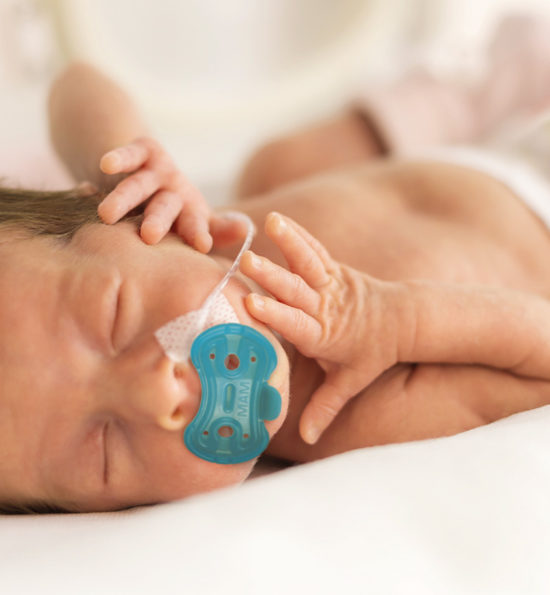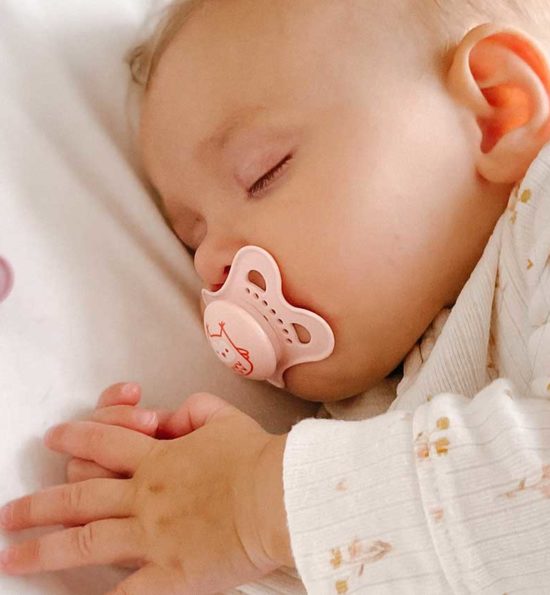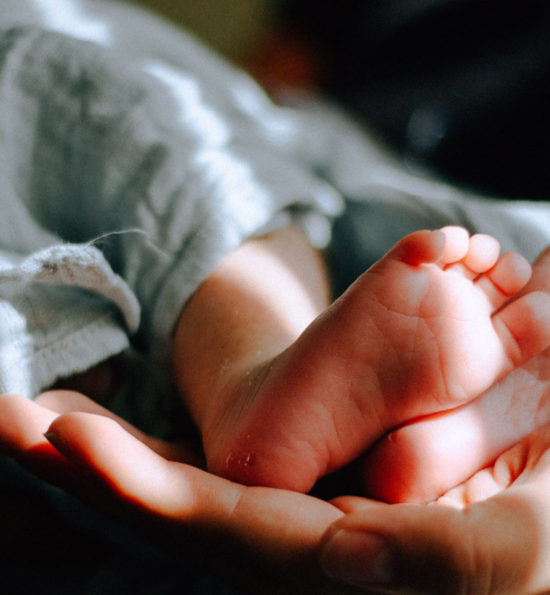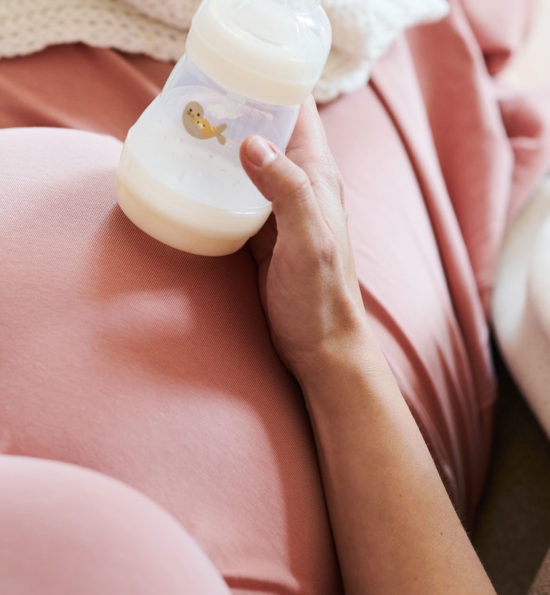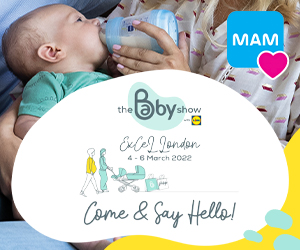Tips to help you get through the first week after taking your newborn home
Taking your newborn home from the hospital for the first time can be both exciting and nerve-racking, particularly if it’s with your first baby. We spoke to our expert midwife and health visitor Katie Hilton and she provided the following tips to help you get through the first week at home with your new baby.
Day One
Firstly, batten down the hatches and try to keep visitors to a minimum for the first few days. This is an important time, as you will be finding your feet as a family. Your baby may well sleep a lot, don’t panic about this, it is common in the first few days after birth. Spend this time catching up on some well-earned rest, you’ll likely feel really tired from the delivery and there will be sleepless nights coming.
Also, prepare for bleeding, which can last for up to six weeks. Expect your bleeding to be heavy at first. This will gradually start to change from bright red to a darker red and then brown. Keep stocked up on maternity pads, as normal sanitary towels are not designed for women who have just given birth.
Day Two
Your midwife will most likely visit you today; expect her to examine you, particularly if you have had stitches. She will ask you about how your breasts are feeling and feel your uterus by touching your tummy. She will also ask you about your bleeding and check your baby’s weight, muscle tone, check for jaundice or any rashes, look at the umbilical cord, feel the fontanelles on your baby’s head and check their mouth for oral thrush. She will also discuss feeding with you and help you to overcome any feeding problems you may be encountering.
You may wake up with swollen breasts this morning; this will be due to your milk starting to come in. The best solution to this is to put your baby towards your breast to feed and this will help relieve the pressure. If you have decided not to breastfeed then take paracetamol to help with any discomfort, the swelling will subside within a few days as your milk supply dries up.
Mums can rely on MAM Breast Pads. They stay dry longer and yet they are ultra-thin and invisible through clothing. Thanks to the fixing strips, they stay in place.
Day Three
You’re probably thinking about giving your baby their first bath. For the first few weeks after delivery use cotton wool with cooled boiled water. Use the damp cotton wool to clean the ears, eyes, face, neck, hands, nappy area and base of the umbilical cord. Don’t use each piece of cotton wool more than once. If you had stitches following delivery then the pain should be starting to ease by now. You will notice that your stomach is still swollen, don’t worry if it isn’t as flat as you would like, it will take time for your uterus to contract back down to its original position.

Day Four
Some of the initial excitement may have worn off following the birth of your baby, leaving you feeling a little low and this is completely normal. Some women find a good cry helps, however if these feelings don’t go away then talk to your midwife or health visitor. Your baby will be more active and alert now and you’re probably starting to experience more sleepless nights. Cope with this tiredness by taking a nap when your baby naps or taking it in turn to care for your baby with your partner. You might start to feel ready for visitors now, but be sure to make any visits short and sweet so as not to tire out both mum and baby.
Day Five
Your midwife will visit you again today and she will do all the checks she carried out on her first visit. She will also carry out the heel prick test, which involves taking a sample of blood from your baby’s heel. This test screens for conditions including sickle cell disorders and cystic fibrosis. The needle prick doesn’t really hurt your baby and they will forget about it quickly. Your baby will once again be weighed today and it is likely they will have lost a little weight. Most babies lose up to 10% of their birth weight; it is usually regained by 10 days after birth. If you had a caesarean then your stitches will be removed today.
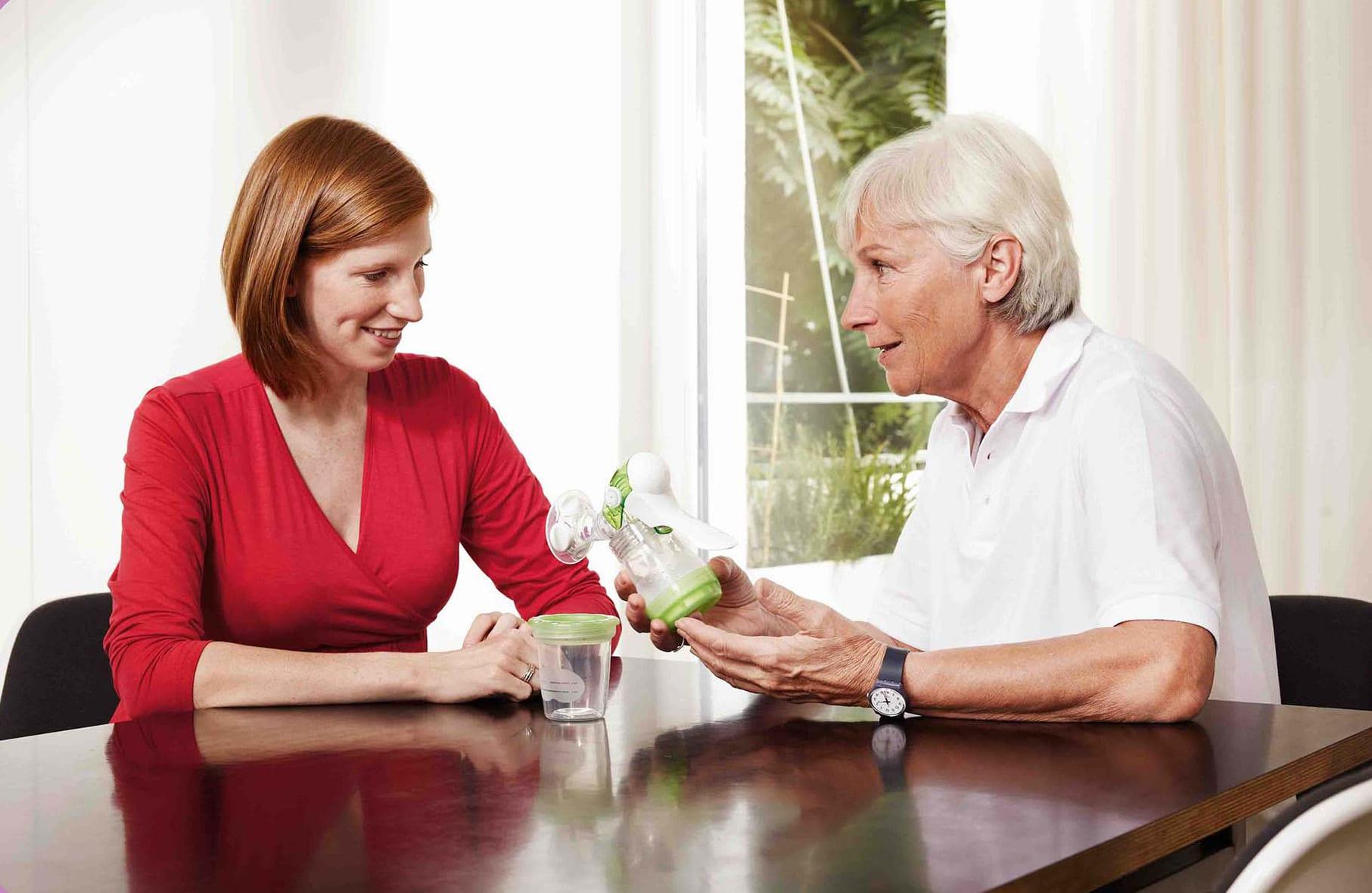
Day Six
If you’re feeling up to it then go for a short walk with your baby today. You could even register your baby’s birth, although you do have 42 days after birth to do this. Blood loss should be starting to slow down a little by now and the colour will be changing. You may feel like you’re getting into the swing of things now, however still accept all offers of help.
Day Seven
Well done, you’ve made it through the first week! It won’t be long now until your baby’s umbilical cord starts to shrivel. Keep a close eye on it and if it starts to bleed then mention it to your midwife or health visitor. Otherwise, just keep it clean by cleaning the base with cooled boiled water and cotton wool. You’ve only had your new little person home for a week, so don’t expect everything to be perfect. It’s okay to spend the day in your pyjamas and get some sleep when you can!
In cooperation with orthodontists, MAM designers have designed an extra small and lightweight soother, MAM Comfort, specifically for premature & newborn babies. It is ideal for babies aged up to two months.
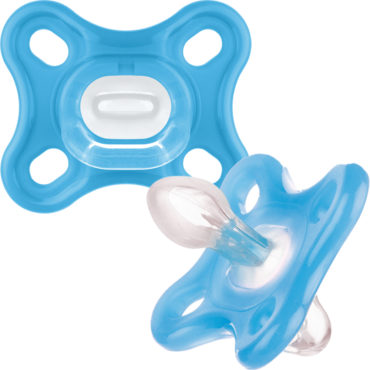
Try the MAM bottles & Soothers for yourself
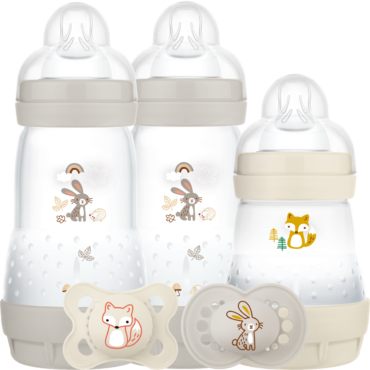
FROM MAM
The information contained in this Blog is for general information purposes only. The information provided by anyone other than MAM, such as midwifes or sleep experts for example, is provided by those third parties in their own professional capacity. The inclusion of that information does not imply a recommendation by MAM nor does it endorse the views expressed within them. Whilst MAM endeavour to keep the information up to date and correct, we make no representations or warranties of any kind, express or implied, about the completeness, accuracy, reliability, suitability or availability with respect to the newsletter or the information, products, or related graphics contained in the newsletter for any purpose. Any reliance you place on such information is therefore strictly at your own risk.



